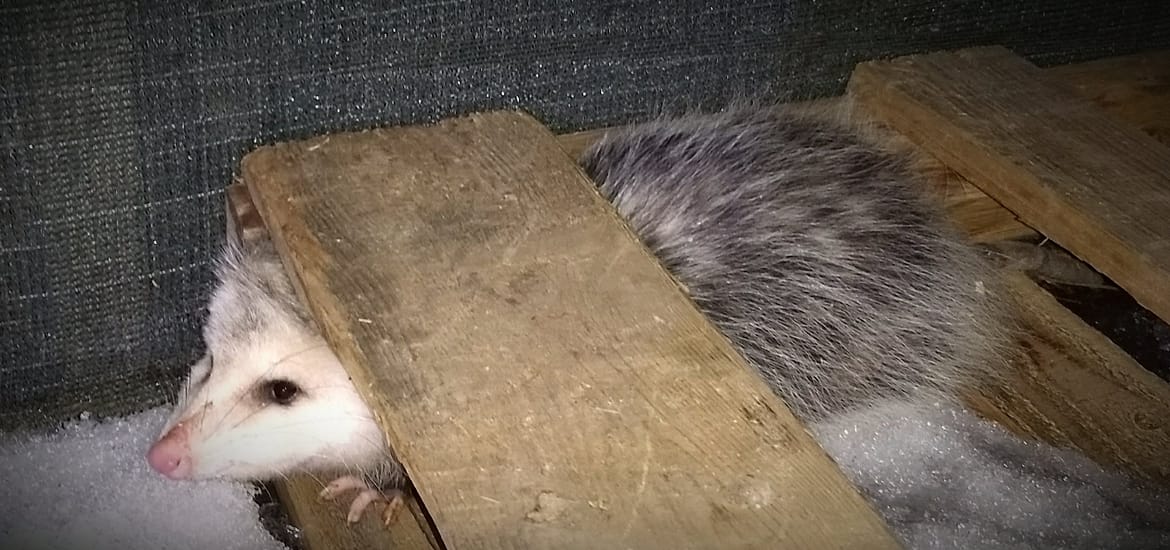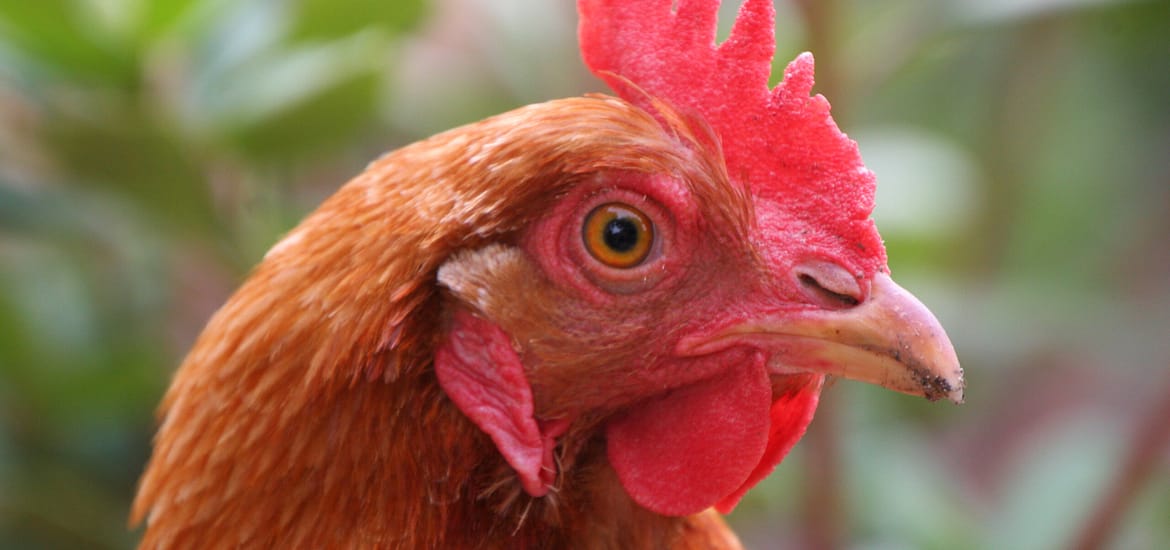Nestled in a thick layer of straw in the corner of the chicken run you’ll find a chicken with bright gold feathers lying still; unnaturally still. If you look close enough you can see her densely feathered back rise and fall as she takes her steady breaths. She opens her
Chickens
- Animals
- ...
“There’s An Opossum In The Chicken Coop!”

“Mom, Ayla was going after what looked like a chicken in our driveway.” my daughter explained as I was cleaning up the kitchen. It was 12:35am (yes, we are a late-night family), and my husband had just let the dogs out before bedtime. “Did the chicken coop get closed up
- Animals
- ...
Heartache in the Chicken Run

Last night the kids went outside with their flashlight after dark to look for night crawlers since it had rained earlier in the day. They collect night crawlers throughout the summer so they can use them for fishing. While the kids were out, they went back to check on the
- Animals
- ...
Chicken Coop With Run: Free Plans

On April 25, 2015 my husband and I packed up our kids and our dog, Brook (she travels with us wherever we go), and drove to pick up our very first one-day-old chicks. Our family had moved into our current house in the winter of 2012, and one of our
